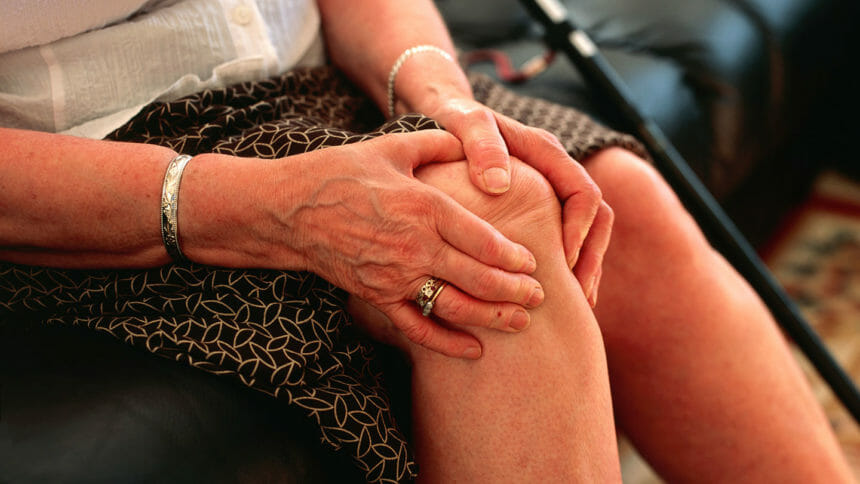
More Americans with arthritis are reporting severe pain, a federal study of state data reveals. Certain states are especially ripe for arthritis-related health interventions, investigators say.
Study data came from the 2019 Behavioral Risk Factor Surveillance System. In that year, the median prevalence of arthritis was 24% across 49 states and the District of Columbia (ranging from 18% to 36%). Rates were highest in Appalachia and in the Southeastern states.
In addition, adults with arthritis reported high rates of physical inactivity, fair and/or poor health status and severe joint pain, according to Lindsey Duca, Ph.D., of the Centers of Disease Control and Prevention in Atlanta, and colleagues.
Across states, a median of 30% of participants with arthritis (ranging from 20% to 42%) said that they’d been physically inactive over the past 30 days, the researchers reported. And a median of 33% reported severe joint pain — compared to 30% in 2015.
Eight states stood out, with the highest rates of pain, inactivity and poor health in arthritic adults. These include Alabama, Arkansas, Indiana, Louisiana, Mississippi, South Carolina, Tennessee and West Virginia.
The results suggest that arthritis-attributable joint pain, physical inactivity and self-rated health status are connected and influence each other, the researchers said. This should be a wake-up call to health officials and clinicians in these and other U.S. states, they concluded.
“This interplay represents an opportunity for concentrating efforts to increase promotion and use of evidence-based nonpharmacologic public health interventions in these states,” they wrote.
Full findings were published in the CDC’s peer-reviewed online journal, Preventing Chronic Disease.
Related articles:
CDC: Senior care challenges ahead as nearly one-half of U.S. older adults say they have arthritis



